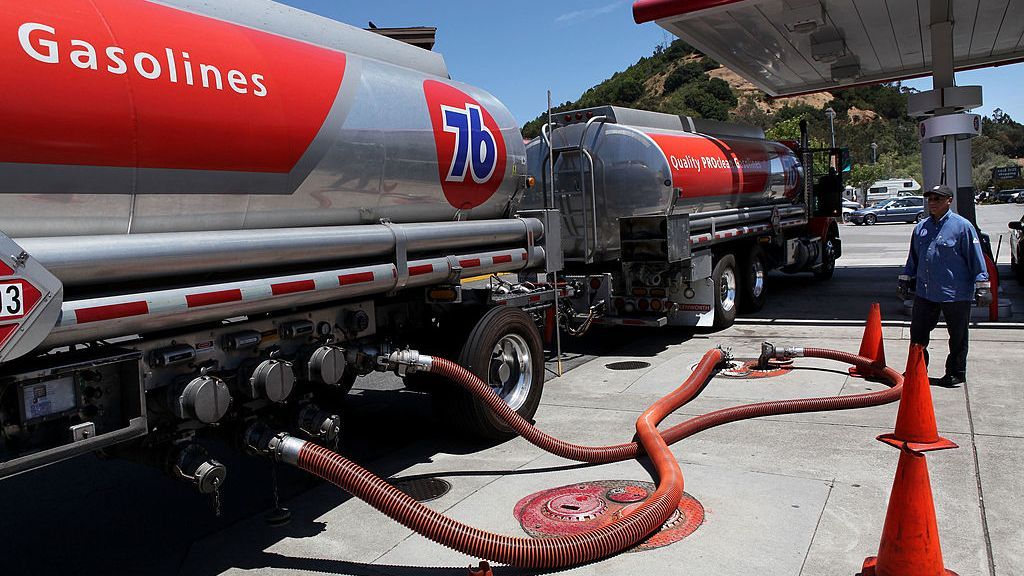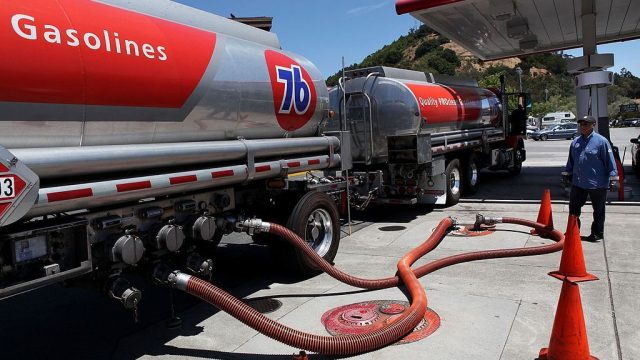
A federal report on storage levels of U.S. commercial crude oil and refined products passed without notice as traders focused on the pandemic and corresponding developments in Europe, analysts said.
The U.S. Energy Information Administration publishes weekly data on commercial inventories of crude oil and refined petroleum products such as diesel and gasoline. Gains are usually indicative of a decrease in demand, while the opposite holds for declines.
For the week ending Dec. 3, the agency reported that commercial crude oil inventories declined by a modest 200,000 barrels per day from the previous week, but remain about 7 percent below the five-year average for this time of year.

Total motor gasoline inventories, meanwhile, increased 3.9 million barrels last week, but are also below the five-year range by about 5 percent.
The gasoline inventory level would imply that gasoline demand is moving lower. But looking at the total amount of refined petroleum products supplied to the market, a data point used as a loose proxy for demand, shows levels at or near pre-pandemic levels.
“I think the report looks fairly solid as we saw a bounce back in gasoline demand,” said Phil Flynn, a senior energy analyst at The PRICE Futures Group in Chicago. “That was a concern because a lot of people thought we would see some gasoline demand destruction.”
Broader markets posted heavy declines last week on the emergence of the new, highly contagious Omicron variant of the novel coronavirus that causes COVID-19. But on Wednesday, drugmakers Pfizer and BioNTech said three doses of their COVID-19 vaccine could effectively neutralize the variant.
Crude oil prices, however, did not enjoy the bump higher from the news. West Texas Intermediate, the U.S. benchmark for the price of oil, finished trading Wednesday at $72.36 per barrel, a gain of just 0.4 percent. The contract was on pace to close trading Thursday, however, down about 2.5 percent.

Edward Moya, a senior market analyst at trader OANDA, said the latest report on commercial inventories was mixed, with domestic production accelerating, but storage levels of items like jet fuel — a barometer for air travel demand — looked lower.
“The EIA report was uninspiring,” he said, about the Energy Information Administration.
Moya said there may be lingering pressures from the COVID-19 pandemic, even though Omicron symptoms are reportedly mild. Austria last month imposed tighter social restrictions to contain outbreaks and British Prime Minister Boris Johnson just recently called on more people to work from home and wear masks in public spaces.
“Market players are currently more focused on news on efficacy of vaccines against the omicron variant,” said Giovanni Staunovo, a commodities strategist with Swiss investment bank UBS.
Edited by Bryan Wilkes and Kristen Butler
Recommended from our partners
The post Influential US Data On Oil And Gas Relegated To ‘Other News’ appeared first on Zenger News.





